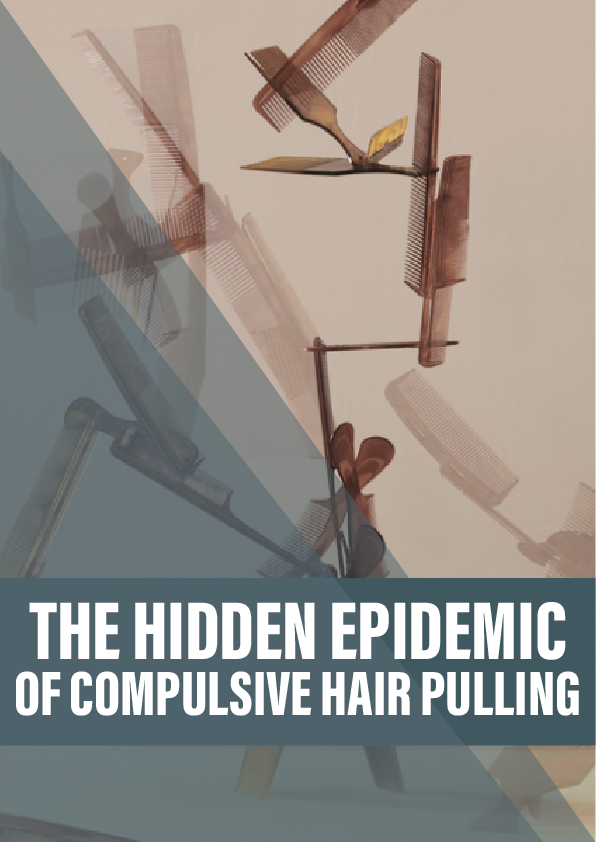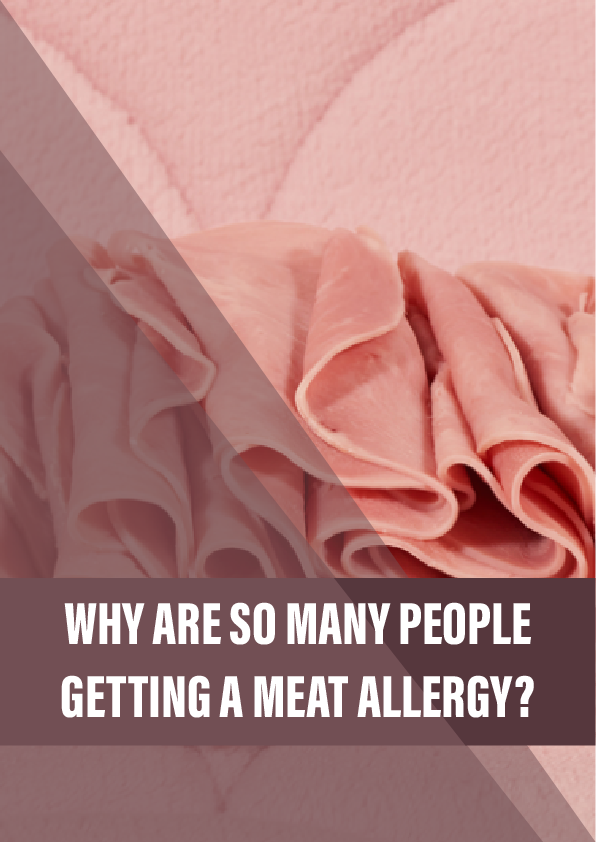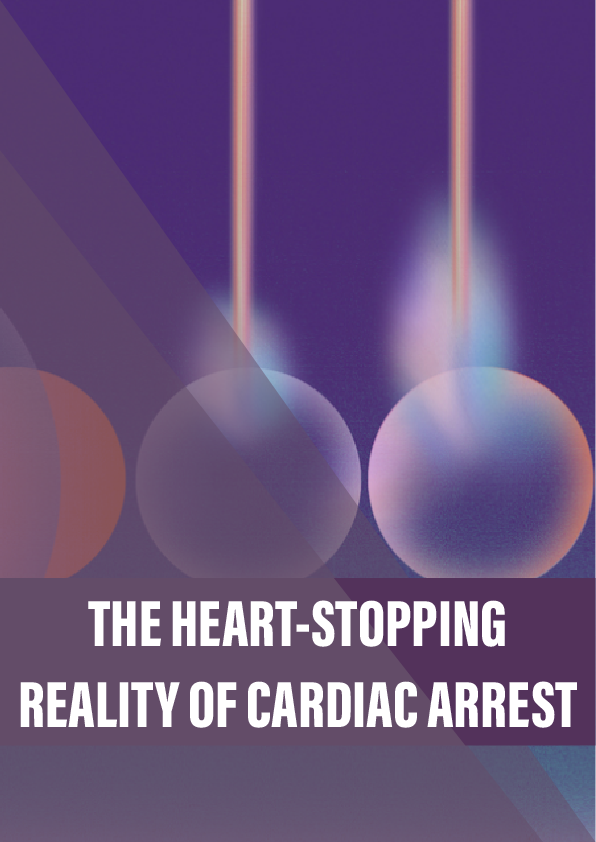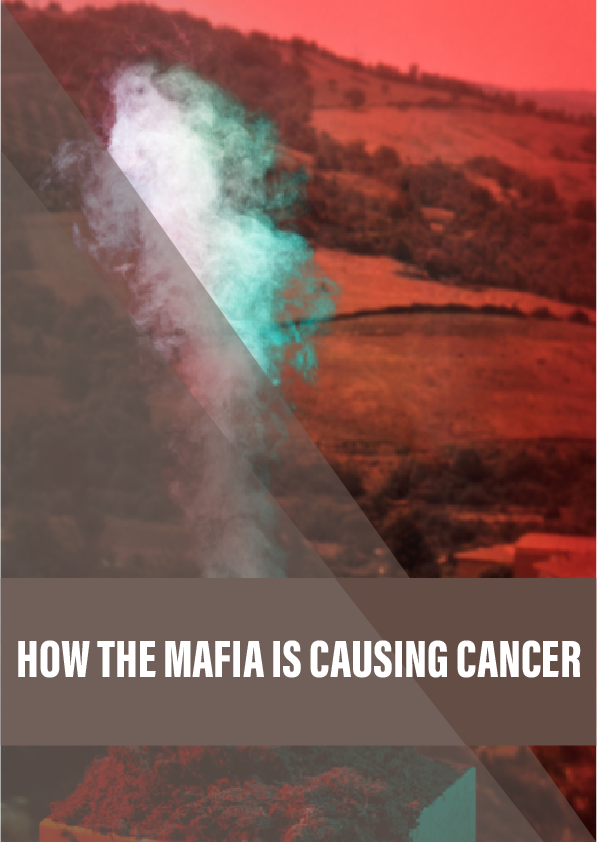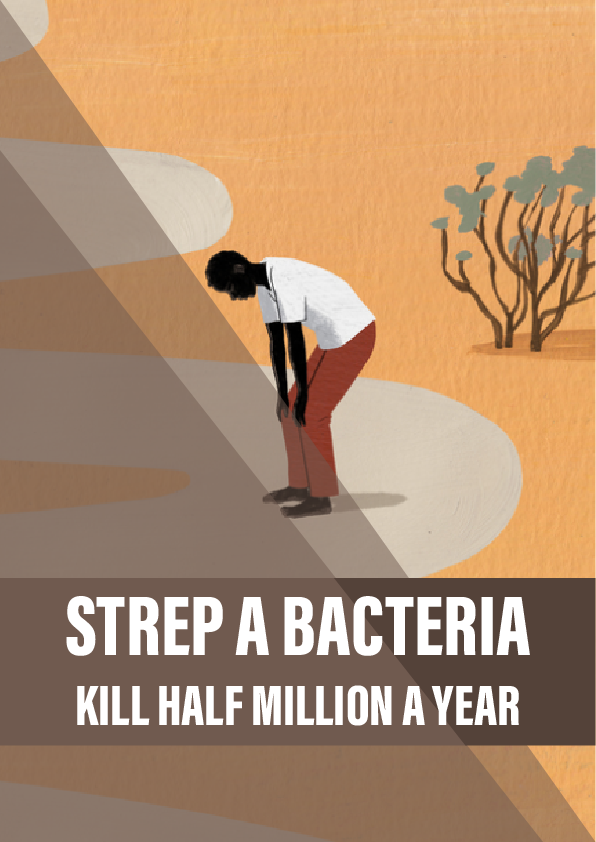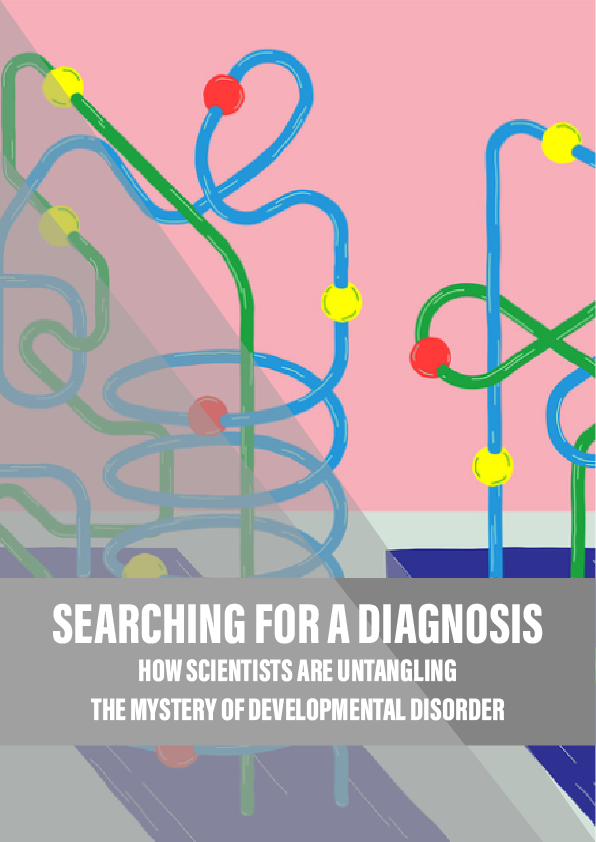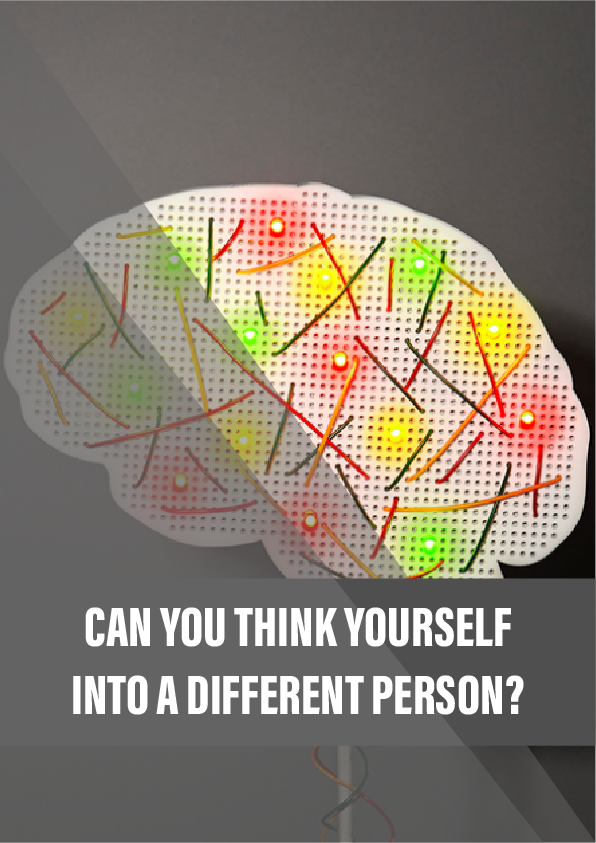Whether hair pulling, skin picking or cheek biting, body-focused repetitive behaviours blight many people’s lives. How can science help us understand and treat these distressing conditions better?
Christina Pearson was 14 years old when she started pulling out her hair, creating bald patches on her head. She was taken to a psychiatrist, but in 1970 there was no name for her disorder, and certainly no treatment.
The doctor issued a psychiatric discharge that removed Pearson from high school. In that moment, she felt relief. Going to high school meant that somebody might pull off her hat and reveal that her head was mostly bare – a possibility she found “so frightening that anything was better than that”.
In the ensuing months, Pearson holed up at home, pulling out her hair and feeling, she says, like a monster. Scared and searching for relief, she eventually decided to leave. “I hitchhiked across Mexico at 14 and was doing peyote out in the desert, all kinds of things,” she says. “I really lived a very fringe life.” At 15, she started picking her skin, her body frequently covered with open sores. By 20, she was addicted to drugs and alcohol.
At the age of 30, Pearson “finally got sober”. She had started a small telecommunications business with a friend in Santa Cruz, California. In 1989, she received a phone call from her mother, who had just listened to a story on the radio about a study published in the New England Journal of Medicine. “There’s a name for what you used to do,” Pearson’s mother told her, not knowing that Pearson still pulled her hair. The news that there was a name – trichotillomania – “rocked my world,” she says.
After decades of feeling shame and isolation, she began to feel hope: there were others out there living with the same condition. Pearson started a support group. A Seattle news network invited Pearson to appear on air, where she spoke about her life and provided a number for a trichotillomania hotline that she planned to operate herself.
She returned home to over 600 messages.
“People were crying and sobbing and begging for help,” says Pearson, who spent a week calling each person back. “It was the best therapy I ever had, because I heard my life coming out of other people’s mouths.”
Reference:
- This 2018 study found that people with trich had higher rates of sensory over-responsivity than a comparison group.
- This 2018 study found that people with BFRBs had greater sensitivity to sensory stimulation than individuals with subclinical BFRBs and healthy individuals.
- A 2014 meta-analysis of behaviour therapy and serotonin reuptake inhibitors in the treatment of trich.
- A review and synthesis of current research into emotion regulation in people with BFRBs.
- A 2017 study of habit reversal training in youth.
- To treat BFRBs, experts are increasingly combining habit reversal training with approaches such as dialectical behavioural therapy and acceptance and commitment therapy, which can address urges and negative emotions. This 2015 review finds that these augmented approaches may be beneficial to patients.
- Trichotillomania is associated with high rates of depression and anxiety disorders. This large study found that adults who have trich and depression or an anxiety disorder exhibited unique differences – a finding that may have implications for treatment.
- A study to standardise and pilot-test the Comprehensive Model for Behavioral Treatment (ComB) of trich. This study led to the development of the manual and measures currently being used in a randomised controlled trial of ComB.
- A small clinical trial of 66 adults, which found that N-acetylcysteine reduced symptoms of skin picking disorder in some individuals.
- A small clinical trial of 50 adults, which found that N-acetylcysteine reduced trich symptoms in some individuals.
- A study that uses a mouse model to a) establish the association between oxidative stress and hair pulling, and b) determine whether antioxidant therapy could reverse or prevent the occurrence of hair pulling.
